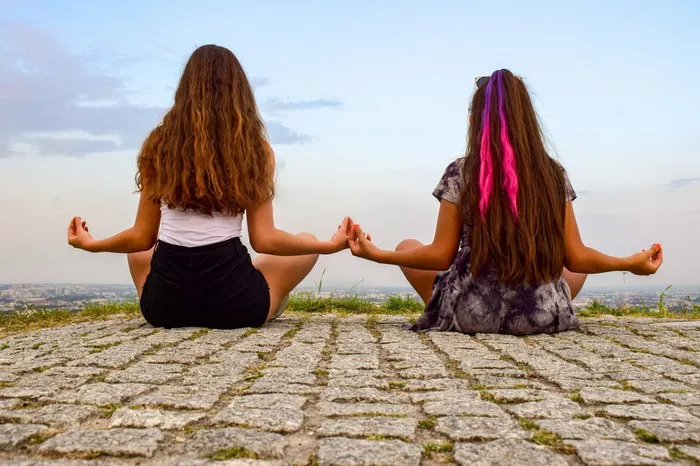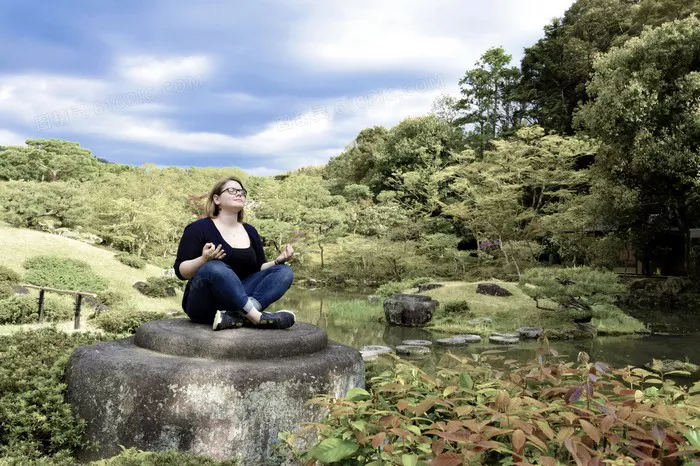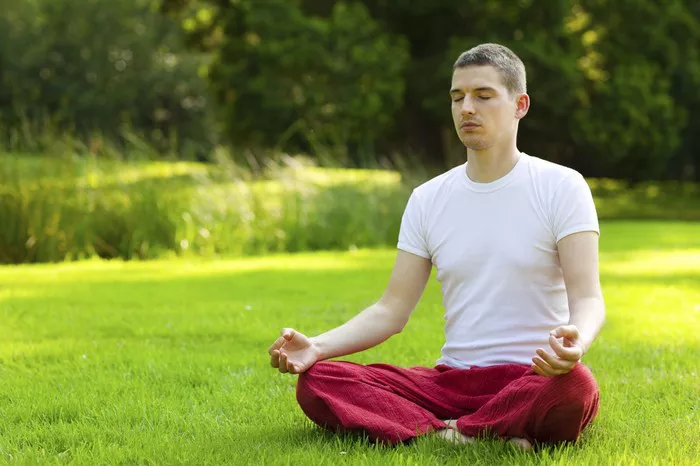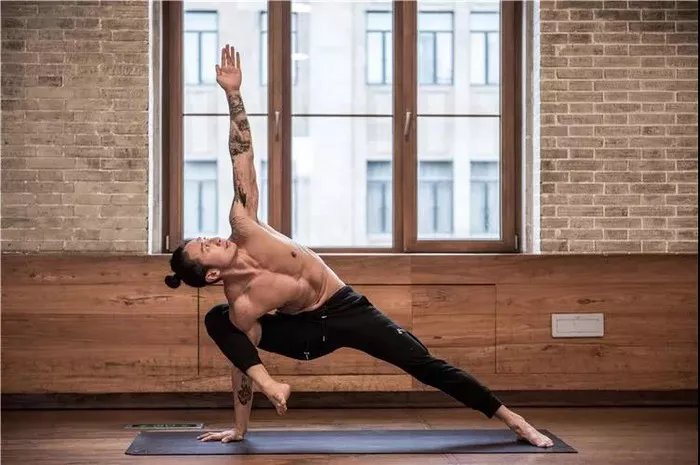Sun Salutation (Surya Namaskar) is one of the most popular and dynamic sequences in yoga practice. It is a combination of various postures performed in a flowing sequence, synchronized with breathing. Sun Salutation is known for its ability to energize the body, increase flexibility, and enhance mental clarity. This practice is often used as a warm-up in yoga classes, and for many practitioners, it forms an essential part of their daily routine.
However, while Sun Salutation can be beneficial to most people, it may not be suitable for everyone. It requires a certain level of strength, flexibility, and balance, and some individuals may face limitations that make it challenging or even unsafe to perform these poses. In this article, we will explore the groups of people who should avoid Sun Salutation or modify it to suit their specific needs.
Understanding Sun Salutation
Before diving into who should not practice Sun Salutation, let’s briefly review what this sequence involves. Sun Salutation typically consists of a series of 12 poses performed in a flowing, rhythmic sequence. These poses include forward bends, backbends, lunges, and standing postures, with each movement linked to inhalation or exhalation.
The poses typically included in a Sun Salutation are:
- Mountain Pose (Tadasana)
- Upward Salute (Urdhva Hastasana)
- Standing Forward Bend (Uttanasana)
- Halfway Lift (Ardha Uttanasana)
- Plank Pose (Phalakasana)
- Chaturanga Dandasana (Low Plank)
- Upward-Facing Dog (Urdhva Mukha Svanasana)
- Downward-Facing Dog (Adho Mukha Svanasana)
- Step Forward to Lunge
- Standing Forward Bend (Uttanasana)
- Upward Salute (Urdhva Hastasana)
- Mountain Pose (Tadasana)
The sequence engages the entire body, strengthening muscles, stretching major muscle groups, and promoting mental focus. As a result, it’s easy to see why Sun Salutation is considered a foundational practice in yoga.
Who Should Not Practice Sun Salutation?
Although Sun Salutation has numerous benefits, it is not universally appropriate for everyone. Below are some groups of people who should be cautious or avoid doing Sun Salutation poses, particularly in their traditional form.
1. Individuals with Injuries or Chronic Pain
People suffering from injuries or chronic pain may find Sun Salutation difficult to perform due to the physical demands it places on the body. The sequence includes a variety of poses that may involve bending, stretching, and balancing, which can exacerbate certain injuries.
Lower Back Pain: The forward folds and backbends involved in Sun Salutation can be particularly challenging for individuals with lower back pain or herniated discs. The movement from a forward fold to a backbend can strain the lower back muscles and lead to discomfort or injury if not performed with proper alignment.
Knee Injuries: The lunges and forward folds in Sun Salutation require a significant amount of knee bending, which may aggravate knee injuries, especially in individuals with conditions like arthritis, meniscus tears, or ligament injuries.
Wrist Injuries: Several poses in the sequence, such as Plank Pose, Chaturanga, and Downward-Facing Dog, put weight on the wrists. Individuals with wrist sprains, carpal tunnel syndrome, or tendonitis should be cautious or avoid placing weight on their hands in these postures.
People dealing with injuries or chronic pain should consult with a healthcare provider or a yoga therapist before attempting Sun Salutation. Modifications can often be made to adapt the practice to their specific needs, but it’s essential to proceed cautiously.
2. Pregnant Women
Pregnancy is a time when special care should be taken during any physical activity, including yoga. Sun Salutation poses can place a lot of pressure on the abdomen, lower back, and pelvic floor, which may not be suitable for pregnant women, particularly in the first trimester or later in pregnancy.
Backbends: The backbends involved in Sun Salutation, such as Upward-Facing Dog, may place unnecessary strain on the spine and pelvic region during pregnancy. These movements can affect the growing baby and the health of the expectant mother, particularly in the later stages of pregnancy.
Forward Bends: Forward bends like Uttanasana can put pressure on the abdomen and compress the uterus, which may cause discomfort or be harmful to the pregnancy. The forward fold can also cause a feeling of dizziness or nausea in some pregnant women, especially as the body undergoes changes.
Balance Issues: Pregnancy can affect balance due to changes in posture and the center of gravity. The balance required in poses like Downward-Facing Dog and Plank Pose might be challenging or unsafe for pregnant women.
Pregnant women are encouraged to practice modified yoga sequences designed specifically for pregnancy. If they do wish to include Sun Salutation in their routine, it’s crucial to modify the postures and work with an instructor who is experienced in prenatal yoga.
3. Individuals with Heart Conditions or High Blood Pressure
Sun Salutation involves rapid transitions between poses and frequently asks practitioners to move from a standing position to a prone position or from lying down to standing. This change in body position can cause a sudden shift in blood pressure, which may be problematic for individuals with heart conditions or high blood pressure.
Blood Pressure Fluctuations: The sequence can lead to quick changes in blood pressure, which could be dangerous for individuals with hypertension (high blood pressure) or hypotension (low blood pressure). People with unstable blood pressure may experience dizziness, lightheadedness, or fainting during Sun Salutation.
Heart Conditions: Those with heart conditions, such as arrhythmia, coronary artery disease, or heart failure, may find the intensity of Sun Salutation overwhelming. The physical exertion and the strain on the cardiovascular system could lead to discomfort, chest pain, or other symptoms related to their condition.
For individuals with heart conditions or blood pressure concerns, it is crucial to consult with a healthcare provider before practicing Sun Salutation. They may need to modify the practice or focus on more gentle yoga sequences that don’t place excessive strain on the heart.
4. People with Severe Flexibility Limitations
Sun Salutation requires a certain degree of flexibility, particularly in the hamstrings, spine, and hips. Those with severe flexibility limitations may find certain poses difficult or uncomfortable to perform.
Tight Hamstrings: Forward folds like Uttanasana require hamstring flexibility. If an individual has tight hamstrings, they may experience discomfort in the back of the legs and may not be able to perform the fold properly. This could lead to straining the muscles and causing injury.
Limited Spinal Mobility: Backbends and twists require spinal flexibility. If the spine lacks mobility, movements like Upward-Facing Dog or even Downward-Facing Dog could be stressful on the back and neck. The discomfort could discourage the individual from continuing their practice and may cause harm if done improperly.
For individuals with severe flexibility issues, a more gentle and gradual approach to stretching may be more appropriate. Modifying Sun Salutation to include less intense poses or using props such as blocks or straps can help alleviate strain.
5. People with Shoulder Issues
Many of the poses in Sun Salutation involve weight-bearing on the shoulders, including Plank Pose, Chaturanga, and Downward-Facing Dog. These poses can exacerbate shoulder injuries such as rotator cuff problems, frozen shoulder, or impingement syndrome.
Shoulder Strain: In poses like Chaturanga, the shoulders must support much of the body weight. If a person has limited shoulder strength or mobility, these poses may strain the shoulder joint, leading to pain or worsening an existing injury.
Shoulder Instability: Individuals with shoulder instability or previous dislocations may find it challenging to maintain proper alignment in weight-bearing poses. This can increase the risk of further injury.
If someone has shoulder issues, they should consult a yoga therapist or instructor who can recommend modifications or alternative poses that do not place excessive strain on the shoulders.
6. People with Respiratory Conditions
Breathing is an essential part of Sun Salutation, as the movement is synchronized with the breath. However, individuals with respiratory conditions, such as asthma, COPD, or other lung disorders, may find it difficult to perform the sequence, especially when transitioning quickly between poses.
Breathing Control: Sun Salutation encourages deep, synchronized breathing, which can be challenging for those with respiratory limitations. Individuals with asthma may struggle with the intensity of the breathwork, and fast transitions between poses may leave them feeling short of breath.
Increased Respiratory Demand: The physical exertion involved in Sun Salutation could also increase the demand on the lungs, which may be overwhelming for someone with a compromised respiratory system.
People with respiratory conditions should consult their healthcare provider before attempting Sun Salutation. Modified versions of the sequence or slower, more controlled breathing may be more appropriate for these individuals.
Modifications and Alternatives
While some people may need to avoid Sun Salutation altogether, others may benefit from modified versions of the practice. Modifications can help make Sun Salutation more accessible for people with specific health concerns, injuries, or limitations. Here are a few modifications:
Use props: Blocks, straps, and blankets can help provide support and facilitate proper alignment.
Slow the pace: Slowing down the flow of the sequence allows practitioners to focus on alignment and breath, reducing the strain on the body.
Skip challenging poses: For those with shoulder or back issues, certain poses, like Plank Pose or Upward-Facing Dog, can be omitted or replaced with gentler variations.
Focus on breathwork: For those with respiratory concerns, practicing breathwork separately or alongside more gentle movements may be a suitable alternative.
Conclusion
Sun Salutation is a powerful sequence that offers numerous benefits, but it is not suitable for everyone. Those with injuries, heart conditions, pregnancy, severe flexibility issues, or respiratory conditions should be cautious or seek professional guidance before engaging in this practice. Modifications and alternative yoga sequences can often provide a safer, more appropriate option for individuals with specific needs or limitations.
As always, it’s essential to listen to your body and work within your capabilities. Consulting a qualified yoga instructor or healthcare provider before beginning any new yoga practice is a wise step to ensure safety and maximize the benefits of the practice.
Related Topics:






















